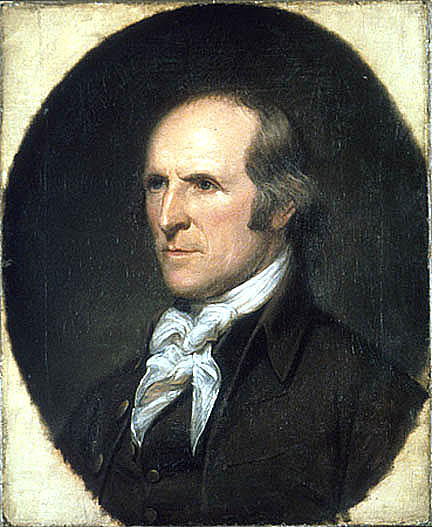|
 ickering was born in Salem, Massachusetts. He studied law after graduating from Harvard College. Pickering served as a Salem selectman and a representative to the colonial legislature. Before the Revolution, he sat on several local committees and wrote many pamphlets and newspaper articles that supported colonial resistance to British rule. In 1775, Pickering published a military drill manual that circulated widely in the Continental Army before the introduction of Baron von Steuben's method. He participated in the New York and New Jersey campaigns of the following winter. In 1780, he accepted an appointment as Quartermaster General and retained it until the end of the war. ickering was born in Salem, Massachusetts. He studied law after graduating from Harvard College. Pickering served as a Salem selectman and a representative to the colonial legislature. Before the Revolution, he sat on several local committees and wrote many pamphlets and newspaper articles that supported colonial resistance to British rule. In 1775, Pickering published a military drill manual that circulated widely in the Continental Army before the introduction of Baron von Steuben's method. He participated in the New York and New Jersey campaigns of the following winter. In 1780, he accepted an appointment as Quartermaster General and retained it until the end of the war.
 ickering later lived in Pennsylvania, moving to the Wyoming Valley frontier, where he founded Luzerne County and represented the new area at Pennsylvania's convention to ratify the federal Constitution and its state constitutional convention. In 1790, President Washington sent Pickering (who opposed the use of force against the Native Americans who populated the frontier) to formalize cordial relations with the Seneca Indian tribe. On return from this successful mission, he accepted an appointment as Postmaster General. In 1795, he became Secretary of War and then Secretary of State. A strident Federalist and a promoter of New England commerce, he denounced French interests and promoted those of Great Britain. Pickering was removed from office in 1800, after he repeatedly defied President John Adams's policy of neutrality in foreign affairs. He then represented Massachusetts in Congress for 15 years, alternating for several terms in the House of Representatives and Senate. ickering later lived in Pennsylvania, moving to the Wyoming Valley frontier, where he founded Luzerne County and represented the new area at Pennsylvania's convention to ratify the federal Constitution and its state constitutional convention. In 1790, President Washington sent Pickering (who opposed the use of force against the Native Americans who populated the frontier) to formalize cordial relations with the Seneca Indian tribe. On return from this successful mission, he accepted an appointment as Postmaster General. In 1795, he became Secretary of War and then Secretary of State. A strident Federalist and a promoter of New England commerce, he denounced French interests and promoted those of Great Britain. Pickering was removed from office in 1800, after he repeatedly defied President John Adams's policy of neutrality in foreign affairs. He then represented Massachusetts in Congress for 15 years, alternating for several terms in the House of Representatives and Senate.
 ater, Pickering wrote about the Revolutionary and Republican eras and planned a biography of Alexander Hamilton. During the 1828 presidential election he endorsed Democrat Andrew Jackson, rather than the conservative John Quincy Adams. He did this to express his longstanding contempt for the latter's father. Pickering died in Salem on January 29, 1829. ater, Pickering wrote about the Revolutionary and Republican eras and planned a biography of Alexander Hamilton. During the 1828 presidential election he endorsed Democrat Andrew Jackson, rather than the conservative John Quincy Adams. He did this to express his longstanding contempt for the latter's father. Pickering died in Salem on January 29, 1829.
|
|
|

